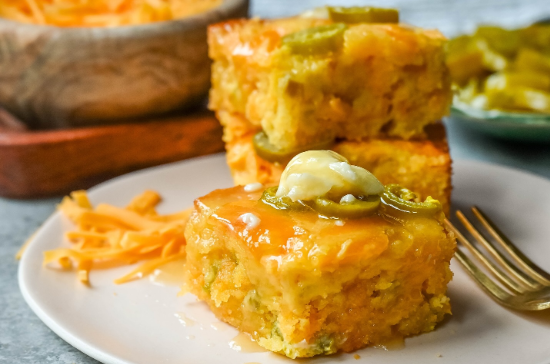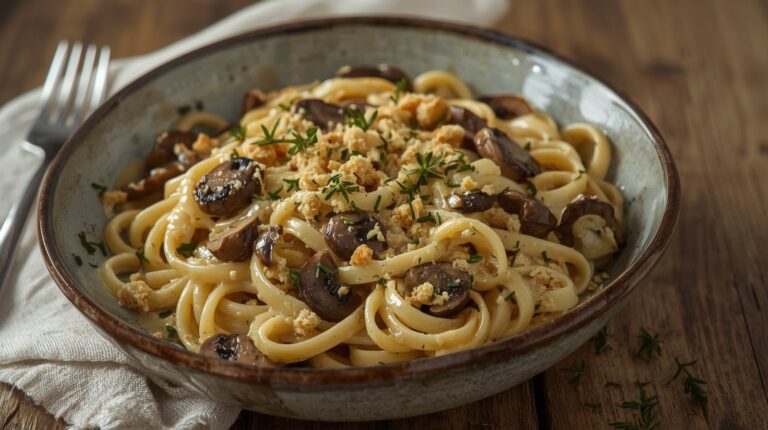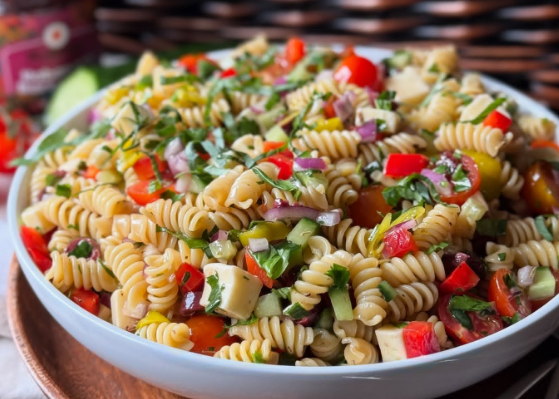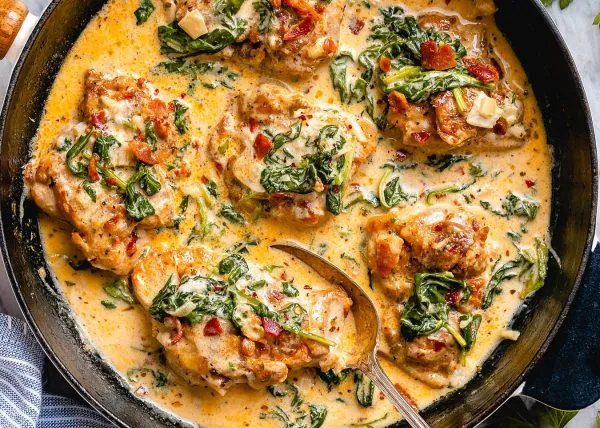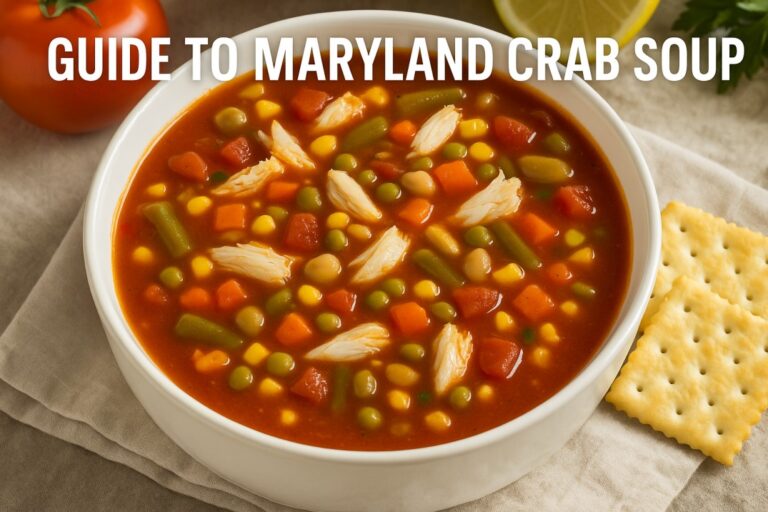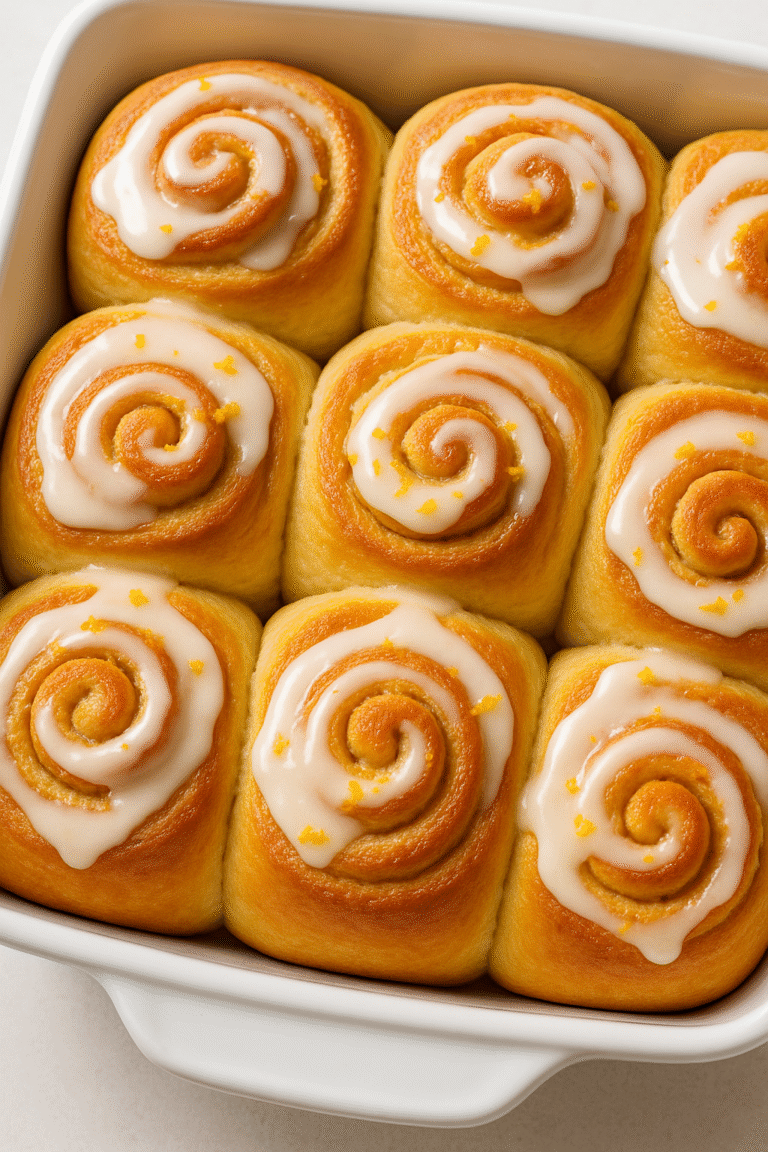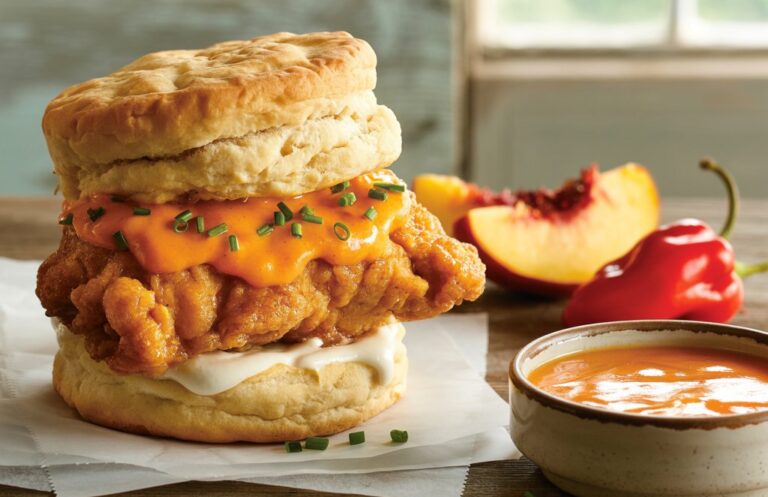The Best Cornbread Recipe You’ll Ever Make
Welcome to the ultimate guide to making the best homemade cornbread you’ve ever tasted! This game-changing recipe is a perfect blend of moisture and texture that’s sure to become a staple in your kitchen.
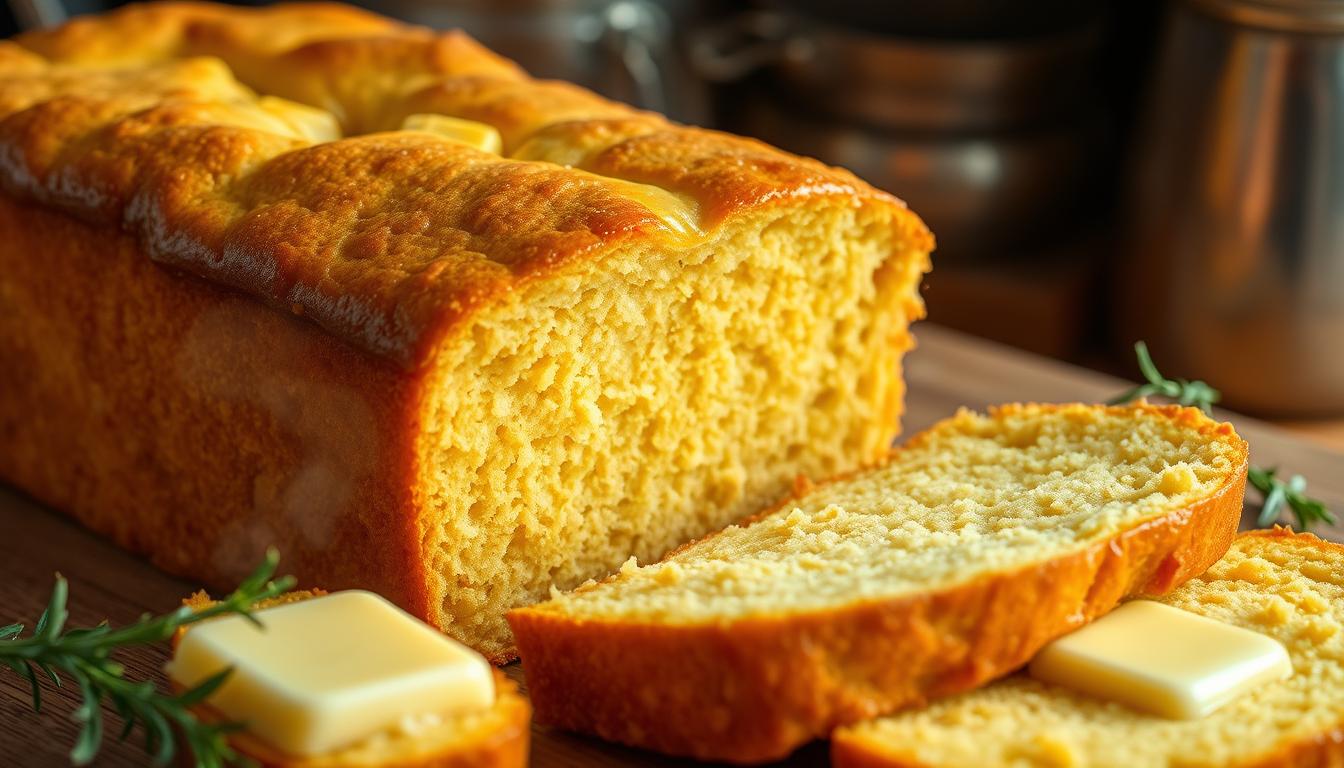
In this article, we’ll explore the rich history of cornbread and walk you through the essential ingredients and step-by-step instructions to make this delicious treat. Whether you’re a seasoned baker or a beginner, you’ll love this easy-to-follow cornbread recipe that’s ready in under an hour.
Read More: Water Pie: The Vintage Dessert That’s Going Viral Again
Key Takeaways
- Moist and delicious homemade cornbread
- Easy-to-follow instructions for beginners
- Perfect blend of texture and flavor
- Ready in under an hour
- A staple recipe for your kitchen
The Rich History of Cornbread in American Cuisine
Cornbread’s story begins with the indigenous peoples of North America, who first cultivated corn and created the first cornbread recipes. This early version of cornbread was made with ground cornmeal, water, and other local ingredients, showcasing the resourcefulness of Native American cuisine.
Native American Origins
The origins of cornbread are deeply rooted in Native American cornbread traditions. Early recipes were simple, relying on cornmeal, water, and sometimes salt. The corn was ground into meal using mortars and pestles, a labor-intensive process that underscored the importance of corn in their diet.
Evolution Through Southern Culture
As European settlers arrived in America, they adapted the Native American recipe to include their own ingredients, such as milk, eggs, and butter. This marked the beginning of Southern cornbread as we know it today. The dish became a staple in Southern cuisine, where it’s still a beloved tradition. The addition of new ingredients and cooking techniques, like baking in cast-iron skillets, further enriched the recipe.
| Era | Cornbread Characteristics | Key Ingredients |
|---|---|---|
| Native American | Simple, coarse texture | Cornmeal, water, salt |
| Southern Influence | Moist, richer flavor | Milk, eggs, butter, cornmeal |
| Modern Variations | Diverse flavors, textures | Various add-ins (cheese, jalapeños, honey) |
The history of cornbread is a testament to the cultural exchange and culinary innovation that has shaped American cuisine. From its humble beginnings to its current status as a comfort food classic, cornbread continues to be a beloved dish across the United States.
Read More: 🍨 Propitious Mango Ice Cream: The Viral TikTok Dessert You Need to Try in 2025
Why This Cornbread Recipe Stands Above the Rest
This cornbread recipe is a game-changer, offering a perfect blend of moisture and texture that sets it apart from others. It’s a culinary delight that can be enjoyed at any meal, whether you’re serving it alongside a hearty chili or as a complement to a fresh salad.
The Perfect Balance of Moisture and Texture
Achieving the ideal balance between moisture and texture is crucial for a great cornbread. Our recipe ensures that the cornbread is moist without being soggy, and crumbly without being dry. This is accomplished by carefully measuring ingredients and employing a specific mixing technique that preserves the delicate structure of the cornmeal.
Versatility for Any Meal
One of the standout features of our cornbread recipe is its versatility. It pairs perfectly with a variety of dishes, from comforting stews and chili to lighter fare like roasted vegetables or green salads. Whether you’re looking for a versatile cornbread to serve at a family dinner or a special occasion, this recipe is sure to impress.
Essential Ingredients for Perfect Cornbread
Great cornbread begins with a thoughtful selection of ingredients. The quality of your cornbread is directly related to the quality of its components. Understanding the role of each ingredient is crucial for customizing the recipe to your taste.
Choosing the Right Cornmeal
The type of cornmeal you choose significantly affects the texture and flavor of your cornbread. You can opt for fine, medium, or coarse grind cornmeal. Fine grind yields a more tender crumb, while coarse grind provides a heartier texture. Stone-ground cornmeal is preferred for its rich, authentic corn flavor.
The Wet Ingredients That Make the Difference
The wet ingredients, including eggs, butter, and buttermilk, play a crucial role in the moisture and richness of your cornbread. Using high-quality, fresh ingredients will enhance the overall flavor. Buttermilk, in particular, adds a tanginess that is characteristic of traditional cornbread.
Optional Add-ins for Enhanced Flavor
To give your cornbread an extra boost of flavor, consider adding jalapeños, cheese, or herbs. These add-ins can be adjusted according to your taste preferences. The table below summarizes some popular add-ins and their effects:
| Add-in | Flavor Profile |
|---|---|
| Jalapeños | Spicy, savory |
| Cheddar Cheese | Rich, creamy |
| Fresh Herbs (e.g., chives, cilantro) | Fresh, aromatic |
By carefully selecting your ingredients and add-ins, you can create a cornbread that suits any occasion or meal.
Equipment You’ll Need
To achieve the best results, you’ll need to arm yourself with the proper cornbread equipment. The right tools not only make the preparation process smoother but also significantly impact the final product’s quality.
Cast Iron Skillet vs. Baking Dish
When it comes to baking cornbread, the choice between a cast iron skillet and a baking dish is crucial. A cast iron skillet provides a crispy crust and is ideal for traditional cornbread. On the other hand, a baking dish is better suited for larger batches and can offer a more evenly cooked cornbread. Consider your needs and preferences when choosing between the two.
Must-Have Tools for Mixing and Preparation
Regardless of your baking vessel, you’ll need some essential tools. These include a large mixing bowl, measuring cups, and a whisk. Having these tools on hand will make the mixing process efficient and ensure your ingredients are well combined.
The Ultimate Cornbread Recipe Step-by-Step
The secret to perfect cornbread lies in the details, and we’re about to walk you through every step of the way. Making delicious cornbread is a straightforward process that requires attention to a few key steps. By following this guide, you’ll be able to create a mouth-watering cornbread that’s sure to impress.
Preparing Your Ingredients and Equipment
Before you start mixing, it’s essential to have all your ingredients and equipment ready. This includes cornmeal, flour, sugar, baking powder, salt, eggs, buttermilk, and butter. Make sure your ingredients are at room temperature for the best results. You’ll also need a large mixing bowl, a whisk, a measuring cup, and a cast-iron skillet or baking dish. Preheating your skillet or dish is a crucial step that helps create a golden-brown crust.
Mixing the Batter Properly
Mixing is a critical step in making cornbread. In a large bowl, whisk together the dry ingredients: cornmeal, flour, sugar, baking powder, and salt. In a separate bowl, whisk together the wet ingredients: eggs, buttermilk, and melted butter. Pour the wet ingredients into the dry ingredients and stir until just combined. The batter should still be slightly lumpy. Overmixing can lead to a dense cornbread, so it’s crucial to stop mixing as soon as the ingredients are combined.
- Use a gentle folding motion to combine wet and dry ingredients.
- Avoid overmixing to keep the cornbread light and fluffy.
Baking Times and Temperatures
Baking your cornbread at the right temperature and for the right amount of time is vital. Preheat your oven to 400°F (200°C). If you’re using a cast-iron skillet, place it in the oven to preheat as well. Pour the batter into the preheated skillet or baking dish and bake for 20-25 minutes, or until a toothpick inserted into the center comes out clean. The cornbread should be golden brown on top and firm to the touch.
- Preheat your oven and skillet (if using) to 400°F.
- Bake for 20-25 minutes or until a toothpick comes out clean.
- Check for a golden-brown crust and firm texture.
Pro Tips for Moist, Flavorful Cornbread
Transform your cornbread from good to great with these professional techniques for ensuring moisture and flavor. Achieving the perfect cornbread is a matter of technique, ingredient quality, and a few insider secrets.
The Preheated Skillet Technique
One of the secrets to a great cornbread is using a preheated cast iron skillet. This technique ensures a crispy crust on the outside while keeping the inside moist. To implement this, preheat your oven to 400°F (200°C), place the cast iron skillet inside to heat up for at least 10 minutes, and then carefully pour in your cornbread batter.
Achieving the Perfect Crust
The crust is a crucial element of cornbread, providing texture and flavor contrast. To achieve the perfect crust, ensure your ingredients are at room temperature, and don’t overmix the batter. The preheated skillet also plays a crucial role here, as it sears the crust immediately upon contact.

Testing for Doneness
Knowing when your cornbread is done can be a challenge. A reliable method is to insert a toothpick into the center; if it comes out clean or with a few moist crumbs, your cornbread is ready. Additionally, the edges should be golden brown, and the top should be firm to the touch.
| Technique | Description | Benefit |
|---|---|---|
| Preheated Skillet | Heating the skillet before adding batter | Crispy crust, moist interior |
| Room Temperature Ingredients | Ensuring ingredients are not cold | Better texture, even baking |
| Toothpick Test | Inserting a toothpick to check doneness | Ensures cornbread is cooked through |
Delicious Cornbread Variations
Cornbread’s rich history and cultural significance have led to a diverse array of variations across the United States. This versatility is one of the reasons cornbread remains a beloved staple in many American households. In this section, we’ll explore some delicious cornbread variations that you can try to add some excitement to your baking routine.
Southern-Style Buttermilk Cornbread
Southern-style buttermilk cornbread is a classic variation that embodies the traditional flavors of the South. The use of buttermilk gives this cornbread a moist and tender crumb, while the tangy flavor adds depth. To make Southern-style buttermilk cornbread, simply substitute regular milk with buttermilk in your favorite cornbread recipe. You can also add a touch of sugar to balance out the tanginess.
Sweet Honey Cornbread
For those with a sweet tooth, sweet honey cornbread is a perfect option. This variation incorporates honey into the batter, giving the cornbread a subtle sweetness that pairs well with a variety of dishes. To make sweet honey cornbread, add a tablespoon or two of honey to your cornbread recipe, depending on your desired level of sweetness. You can also top it with a drizzle of honey for extra flavor.
Jalapeño Cheddar Cornbread
If you like a bit of heat in your cornbread, jalapeño cheddar is the way to go. This spicy variation combines the richness of cheddar cheese with the bold flavor of jalapeños. To make jalapeño cheddar cornbread, simply add diced jalapeños and shredded cheddar cheese to your cornbread batter. You can adjust the level of heat to your liking by using more or fewer jalapeños.
Gluten-Free Cornbread Options
For those with gluten intolerance or sensitivity, gluten-free cornbread is a great alternative. To make gluten-free cornbread, you can substitute traditional flour with gluten-free all-purpose flour or cornmeal. Be sure to check the ratio of gluten-free flour to cornmeal, as it may vary depending on the brand. Additionally, you can add xanthan gum to help with texture and structure.
Cornbread Muffins Adaptation
Cornbread muffins are a convenient and portable version of traditional cornbread. To make cornbread muffins, simply pour the cornbread batter into a muffin tin and adjust the baking time accordingly. Keep in mind that cornbread muffins will bake faster than a full-sized cornbread, so check on them frequently to avoid overcooking.
Nutritional Information and Dietary Considerations
As a popular side dish, cornbread’s nutritional value is an important consideration for health-conscious individuals. While it’s often enjoyed as a comfort food, understanding its nutritional content can help in making informed dietary choices.
Calorie and Macronutrient Breakdown
Cornbread’s nutritional profile includes a mix of calories, carbohydrates, fats, and proteins. A typical serving of cornbread (about 1 slice or 80g) contains approximately 200-250 calories, with 30-40g of carbohydrates, 8-10g of fat, and 3-4g of protein. The exact nutritional content can vary based on the recipe, ingredients used, and portion size.
- Calories: 200-250 per serving
- Carbohydrates: 30-40g, primarily from cornmeal and sugar
- Fats: 8-10g, influenced by the amount of butter or oil used
- Protein: 3-4g, contributed by eggs, milk, and cornmeal
Making Healthier Cornbread
To make cornbread healthier, consider adjustments such as reducing sugar content, using whole grain cornmeal, or substituting some of the all-purpose flour with whole wheat flour. Additionally, incorporating nuts or seeds can enhance the nutritional profile by adding healthy fats and extra fiber.

- Reduce sugar content or use natural sweeteners like honey or maple syrup.
- Use whole grain cornmeal for more fiber and nutrients.
- Substitute some all-purpose flour with whole wheat flour for added nutrition.
- Incorporate nuts or seeds for healthy fats and extra fiber.
Serving Suggestions and Pairings
From classic comfort food to innovative dishes, cornbread serves as a perfect accompaniment. Its rich flavor and texture make it a versatile side dish that can be paired with a wide range of main courses.
Classic Accompaniments
Cornbread is traditionally served alongside hearty dishes like chili, stews, or roasted vegetables. The slightly sweet and crumbly texture of cornbread complements the savory flavors of these dishes, creating a balanced meal.
Some popular classic accompaniments include:
- Chili con carne
- Roasted chicken or turkey
- Grilled or sautéed vegetables
- Beans, such as black beans or pinto beans
Making Cornbread the Star of Your Meal
While cornbread is often considered a side dish, it can easily become the centerpiece of your meal with the right toppings or fillings. Consider adding ingredients like jalapeños, cheese, or herbs to give it an extra boost of flavor.
| Topping/Filling | Description |
|---|---|
| Jalapeños | Adds a spicy kick |
| Cheddar Cheese | Enhances richness and flavor |
| Fresh Herbs | Provides a fresh, aromatic taste |
Holiday and Special Occasion Pairings
Cornbread can also be a great addition to holiday meals or special occasions. For Thanksgiving, consider serving cornbread with sage and sausage for a savory twist. For a summer barbecue, a cornbread with honey and butter can be a delightful side dish.
Some ideas for holiday pairings include:
- Sage and sausage cornbread for Thanksgiving
- Honey butter cornbread for summer barbecues
- Cornbread stuffing for Christmas dinner
Storing and Reheating Your Cornbread
Freshly baked cornbread is a treat, but keeping it fresh is an art. To enjoy your cornbread for longer, it’s essential to store and reheat it properly.
Keeping Cornbread Fresh
The key to maintaining the freshness of your cornbread lies in how you store it. At room temperature, cornbread can be kept fresh for up to 2 days when wrapped in plastic wrap or aluminum foil. For longer storage, consider refrigerating or freezing it.
| Storage Method | Duration | Tips |
|---|---|---|
| Room Temperature | Up to 2 days | Wrap in plastic wrap or aluminum foil |
| Refrigerate | Up to 5 days | Cool completely before refrigerating |
| Freeze | Up to 2 months | Wrap tightly in plastic wrap or freezer bag |
Reviving Day-Old Cornbread
Day-old cornbread can be revived with a few simple steps. Reheating it in the oven or microwave can restore its freshness. To reheat, wrap the cornbread in foil and heat it in the oven at 350°F for about 10-15 minutes, or microwave it wrapped in a damp paper towel for 20-30 seconds.
Conclusion: Mastering the Art of Homemade Cornbread
With the knowledge gained from this ultimate guide, you’re now equipped to create the best homemade cornbread you’ve ever tasted. By understanding the history, ingredients, and techniques involved, you’ll be able to perfect your cornbread recipe and impress your friends and family.
Mastering cornbread is a journey that requires practice and patience, but the results are well worth the effort. As you continue to experiment with different ingredients and techniques, you’ll develop your own unique twist on this classic American dish.
Whether you’re serving homemade cornbread as a side dish or using it as a base for other recipes, the possibilities are endless. So, get baking and enjoy the delicious rewards of mastering cornbread!
FAQ
What is the best type of cornmeal to use for cornbread?
The best type of cornmeal to use is stone-ground cornmeal, as it provides a coarser texture and more flavor than fine or medium grind.
Can I make cornbread without buttermilk?
Yes, you can make cornbread without buttermilk by substituting it with a mixture of milk and white vinegar or lemon juice.
How do I keep my cornbread moist?
To keep your cornbread moist, make sure to not overmix the batter, and use the right ratio of wet to dry ingredients. You can also add ingredients like sour cream or Greek yogurt to enhance moisture.
Can I make cornbread in a microwave?
While it’s possible to make cornbread in a microwave, it’s not recommended as it can result in an unevenly cooked or rubbery texture. Baking in a preheated oven or cast iron skillet is preferred.
What’s the difference between Southern-style cornbread and other variations?
Southern-style cornbread is known for being more crumbly and less sweet than other variations, often made with stone-ground cornmeal and buttermilk.
Can I freeze cornbread?
Yes, you can freeze cornbread. Wrap it tightly in plastic wrap or aluminum foil and store it in the freezer for up to 2 months. Thaw at room temperature or reheat in the oven.
How do I make gluten-free cornbread?
To make gluten-free cornbread, use gluten-free cornmeal and be sure to check the ingredients of any additional mix-ins, such as baking powder or spices, to ensure they are gluten-free.
Can I make cornbread muffins instead of a traditional loaf?
Yes, you can easily adapt this recipe to make cornbread muffins by dividing the batter into a muffin tin and adjusting the baking time accordingly.
What’s the best way to reheat leftover cornbread?
To reheat leftover cornbread, wrap it in foil and warm it in the oven at 350°F (175°C) for 10-15 minutes, or until heated through.
Can I add jalapeños or other spicy ingredients to my cornbread?
Yes, adding diced jalapeños or other spicy ingredients can add a nice kick to your cornbread. Simply fold them into the batter along with any other mix-ins.

